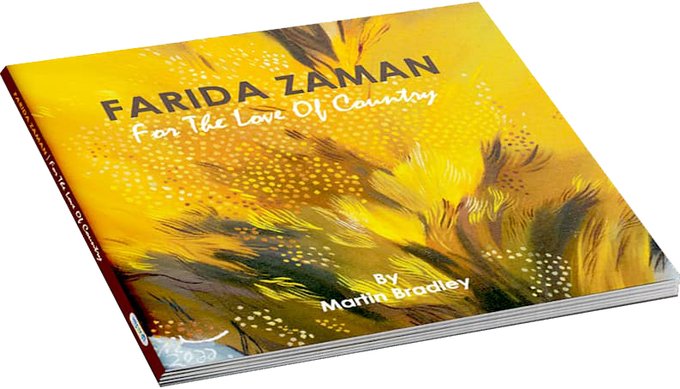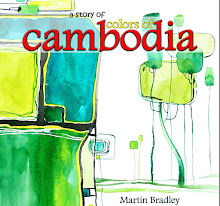
Dusk, country roads quiet, abandoned. We were forced to stop between two mining-pools – there to witness a troupe of otters passing from one darkened, mysterious pool to another. Incredulously we stared as one otter drew to its full four-foot height before us, urging its fellow creatures to hasten their crossing. Then, no sooner had they came than they were gone, melding into the silent, enigmatic waters - leaving dark ripples alone, to mark their passing.
Here in Tash Aw’s Kinta Valley, many seemingly ubiquitously man-made mining-pools have become reclaimed by nature - otters, birds and other forms of indigenous and visiting wildlife, and have had these stark mountainous wastes, and deep perilous pits, transformed into gently rolling hills and tranquil lakes.
These new Malaysian lakes are a physical by-product of the nation’s former obsession with tin mining, and had been formed through the eager processes of extracting tin ore from mineral rich lands - dredging, or gravel pump mining. Mining-pool lakes range from just a few meters to many luscious kilometres in size, and since the beginning of large scale tin mining in western Malaysia (1820 onwards); mining-pools have radically transformed the lush rural landscape from Penang through to Melaka.
Perak, site of the more numerous mining-pool lakes, became known as the silver state, largely due to its hefty deposits of tin ore, and its land has been ravaged for well over a century and a half, in the quest for greater deposits of the richly rewarding cassiterite (tin oxide mineral). The net result has been a countryside littered by huge holes and mounds of waste material produced by the mining process. Though many holes have since been in-filled, and through decades have become the foundation for housing projects, many thousands of other holes have become flooded with water, creating mining-pool lakes.
With the great numbers of these man-made lakes, there comes great diversity too. Many lakes languish, almost forlorn, amidst nature – mere reclaimed mounds threaded together by impromptu tracks and dirt roads. Others recline in their splendour, lounging in the dazzling equatorial sun, giving landscape to golf courses or decorating the scenery of universities.
And in-between are, seemingly, lakes for everyone from the industrious fish farmer to the cultivator of white ducks and the breeder of prawns. Daily, scooters and small engined motor cycles arrive, bearing men with nets, or boys with fishing rods earnestly intent upon their catch, and leave with plastic buckets alive with thrashing aquatic denizens.
After school, and at holiday times small children strip and plunge into cooling water, forever grateful of this haven under the hot sun, while about them galleons of light blue water hyacinths are gently blown towards further shores, and sloppily drinking water buffalo.
Hidden from general view; heavy trucks transverse bumpy paths, laden with tanks full of farmed fish, or squawking, ignorantly condemned ducks, heading for market and the pot. Overhead, storks, heron and brightly coloured blue kingfishers seek silvery fishes in the lakes now teeming with their like, knowing full-well that they’ll not go hungry today.
Aside roads, at the rear of towns and dotted through the kampungs, mining-pool lakes now give character to the rural landscape, overlooked by coconut, banana and papaya trees, reflecting the peaceful harmony of country life, engendering fanciful notions of the pastoral idyll and making the heart yearn with balik kampung.
Where once mining pools were the produce of a land ravaged, together, with nature, they have blended into the rural landscape to become at one with rusticity along with the traditional wooden kampung houses, the low slung hammocks and mother’s succulent cooking.







